
Some books challenge our minds, while others leave us completely baffled. We’ve got cryptic manuscripts and texts filled with unknown symbols that have puzzled scholars and historians for years. These 20 books are filled with indecipherable languages and remain some of the most perplexing things ever.
“Voynich Manuscript”
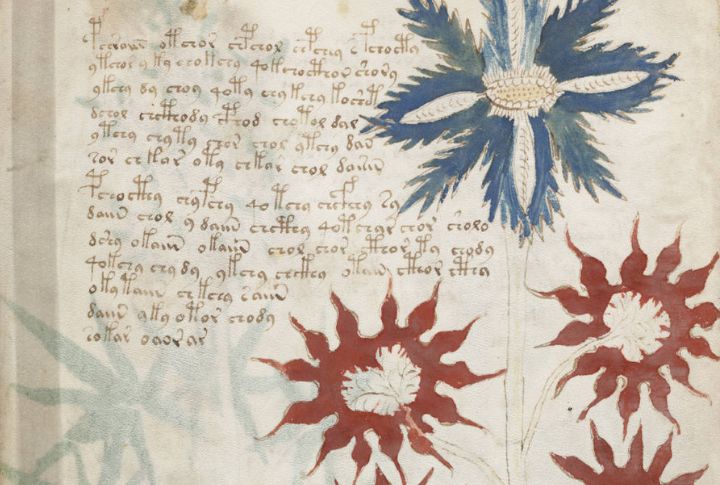
Written in an uncrackable cipher, the “Voynich Manuscript” has been a head-scratcher for cryptographers and linguists for centuries. Its pages contain surreal botanical illustrations and unknown symbols. Some believe it’s a medical text; others suspect it is an elaborate hoax. No one has successfully deciphered its meaning since 1912.
“Codex Seraphinianus”
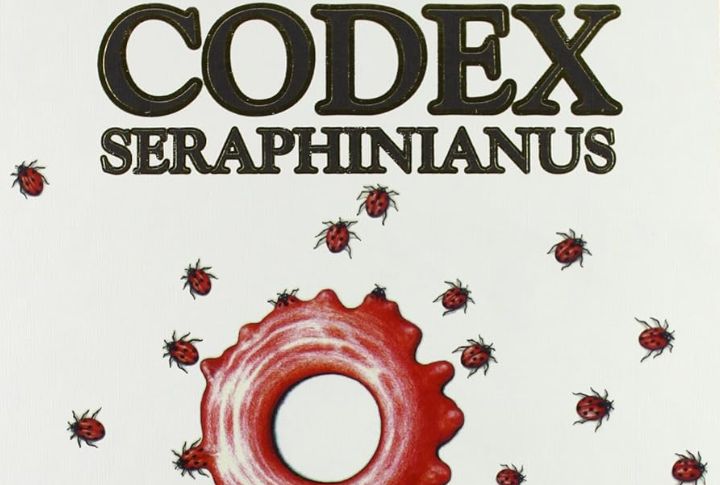
“Codex Seraphinianus,” published in 1981 by Luigi Serafini, is a riddle wrapped in surreal art. Its strange illustrations and unreadable script hint at an alien world, but linguists fail to decode it. Many see it as an artistic masterpiece designed to mimic the frustration of reading an unfamiliar language.
“The Rohonc Codex”
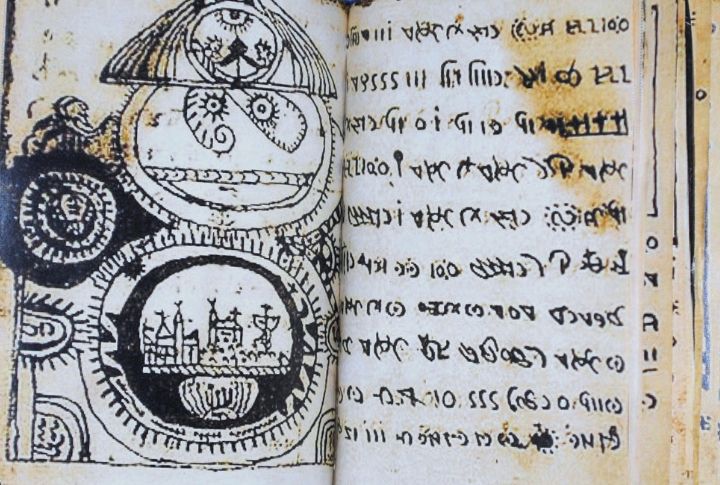
With over 400 pages of baffling script and strange religious artwork, this text has fueled debate for centuries. While some scholars dismiss it as a medieval fabrication, others see traces of hidden wisdom. “The Rohonc Codex” dates back to the 18th century and remains an unsolved puzzle.
“The Book Of Soyga”
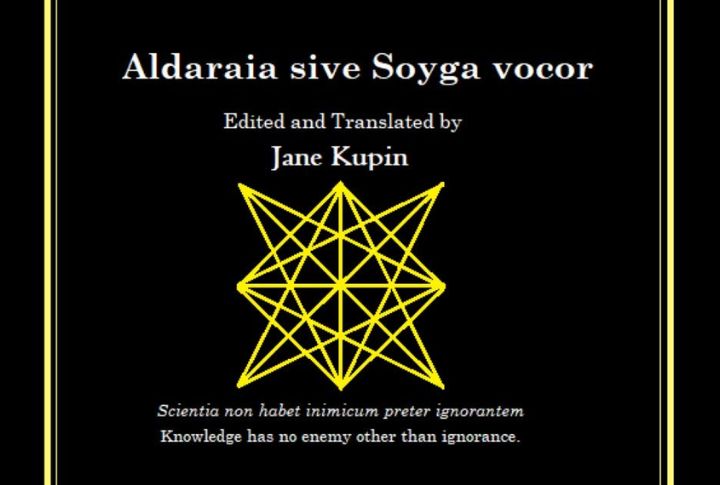
John Dee, a famed 16th-century scholar, owned “The Book of Soyga,” believing it held mystical secrets. The manuscript vanished for centuries before resurfacing in 1994. Its cryptic tables are still undeciphered, though Dee’s records suggest he consulted angels to interpret its hidden wisdom.
“Popol Vuh”
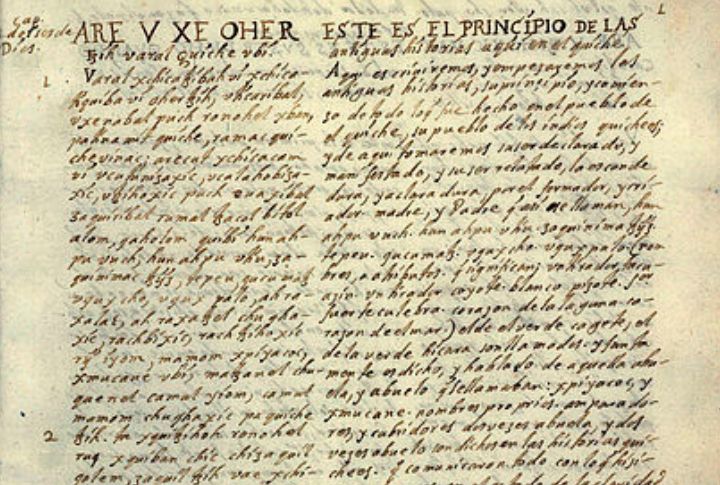
When 18th-century scholars uncovered this text, they found more than just mythology—it was a portal into the Mayan cosmos. Hero twins battled in the underworld, celestial forces clashed, and gods shaped creation. But was it truly ancient, or did colonial influence alter its story? The mystery lingers.
“The Ripley Scroll”
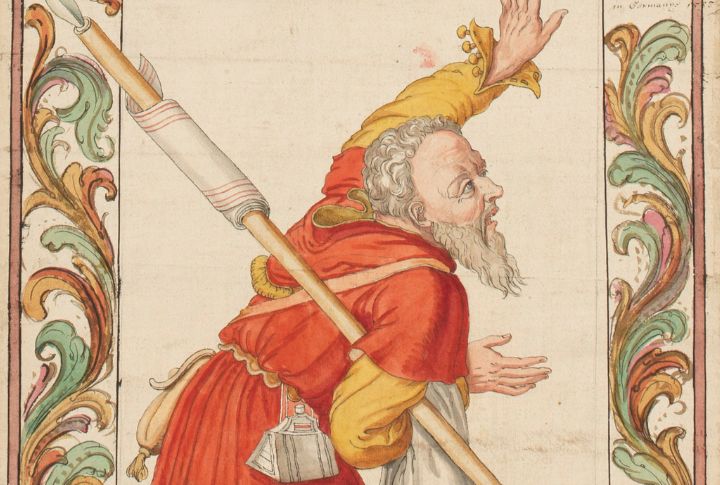
This ancient text might be the ultimate alchemical cipher. The 15th-century manuscript is filled with strange symbols—serpents, cauldrons, winged figures, etc.—all hinting at the secret to creating the Philosopher’s Stone. Yet, despite centuries of study, “The Ripley Scroll” refuses to give up its secrets.
“The Red Book”
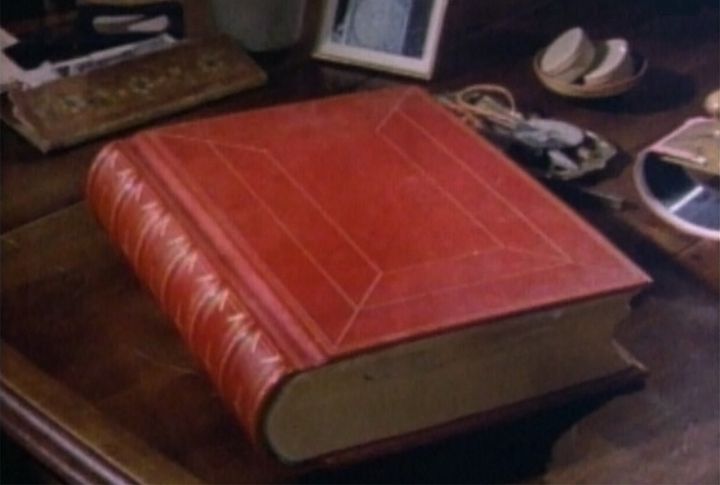
Psychologist Carl Jung’s “The Red Book” was kept secret for decades and contained surreal paintings and dreamlike visions. Jung himself called it his most important work, but its cryptic, deeply personal symbolism makes it difficult to interpret. Scholars still debate its true psychological and philosophical significance.
“The Urantia Book”
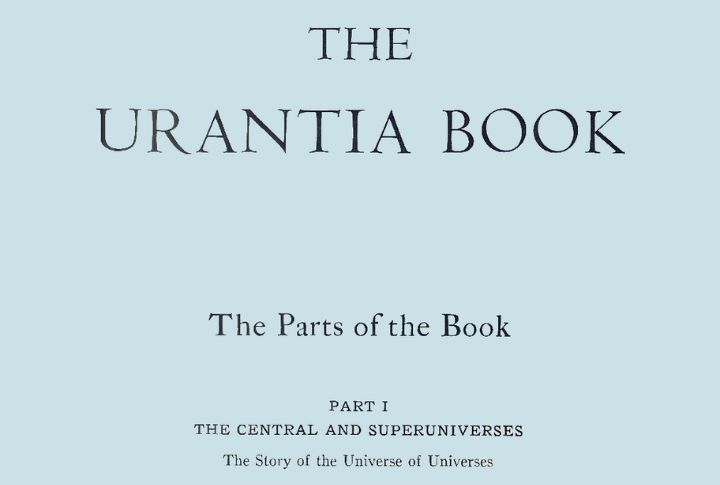
A devoted following sees it as a bridge between science and faith, but “The Urantia Book” remains a mystery. Published in 1955, it claims to reveal cosmic truths dictated by celestial beings, detailing unknown planetary systems and divine hierarchies beyond human understanding.
“The Codex Gigas”
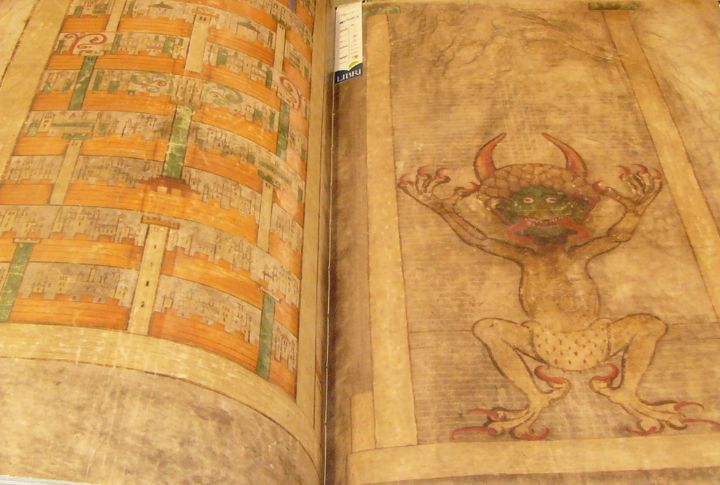
Also called the “Devil’s Bible,” “The Codex Gigas” is famous for its enormous size and eerie full-page illustration of Satan. Written in a single night (according to legend) it remains a historical mystery. No one knows how a single scribe could have completed such a colossal work alone.
“The Oera Linda Book”
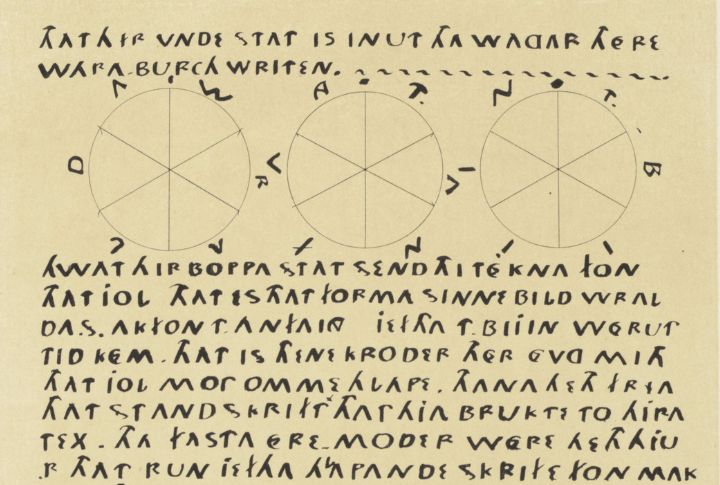
The search for forgotten European civilizations has led to many discoveries, yet “The Oera Linda Book” remains one of the most debated. Allegedly chronicling an advanced Frisian society, its complex script and archaic tone have fueled speculation.
“The Prodigiorum Ac Ostentorum Chronicon”

Conrad Lycosthenes’ 16th-century “Prodigiorum Ac Ostentorum Chronicon” compiles bizarre omens and unnatural phenomena that included raining blood and monstrous births. Drawing from ancient sources and medieval chronicles, it served as a reference for scholars and theologians seeking to interpret divine warnings.
“The Book Of The Sacred Magic Of Abramelin The Mage”
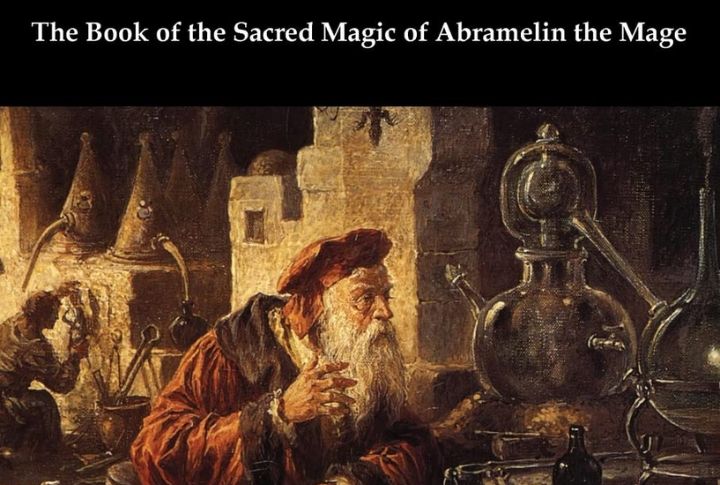
Angels and demons are the focus of “The Book of Abramelin,” a grimoire outlining rituals to summon and command them. Central to its practice is a rigorous purification process: months of solitude and fasting to achieve divine contact. Yet, conflicting versions and uncertain origins leave its true power in question.
“The Picatrix”

An ancient Arabic text on astrology and magic, “The Picatrix” blends science with mysticism and philosophy. Its elaborate rituals claim to grant divine insight, but many of its teachings remain obscure. Historians still debate whether it’s a legitimate magical manual or mere superstition.
“The Hypnerotomachia Poliphili”
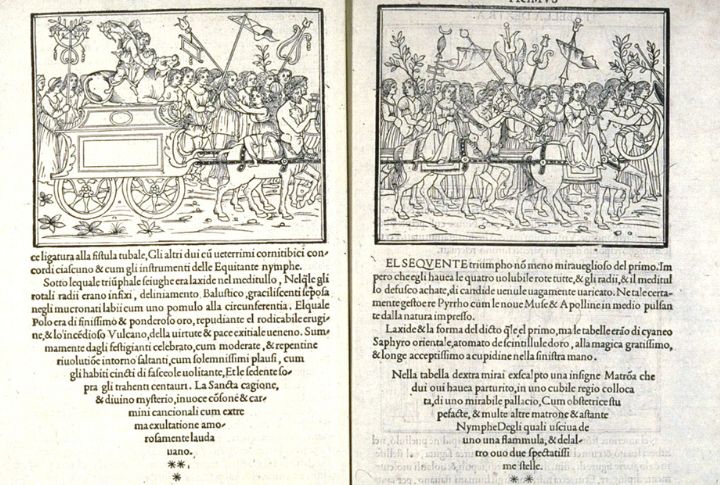
This 1499 book blends dream sequences and secret messages. Its elaborate woodcut illustrations hint at hidden knowledge, but the text resists easy interpretation. The language used in “The Hypnerotomachia Poliphili” is so cryptic that scholars still struggle to decipher its true meaning.
“The Book Of Thoth”
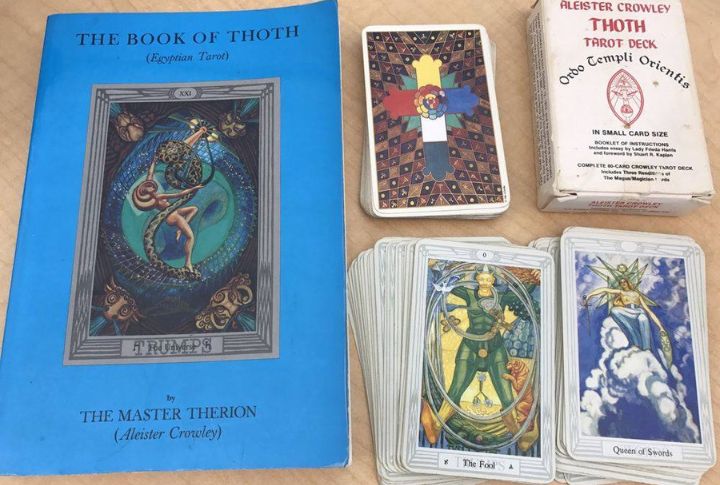
“The Book of Thoth” is said to hold the lost wisdom of the gods, yet no trace of it has ever been found. Some believe it was deliberately hidden or destroyed, while others think its knowledge is encoded in surviving Egyptian texts. If real, it could contain secrets of the afterlife and cosmic power.
“The Necronomicon”
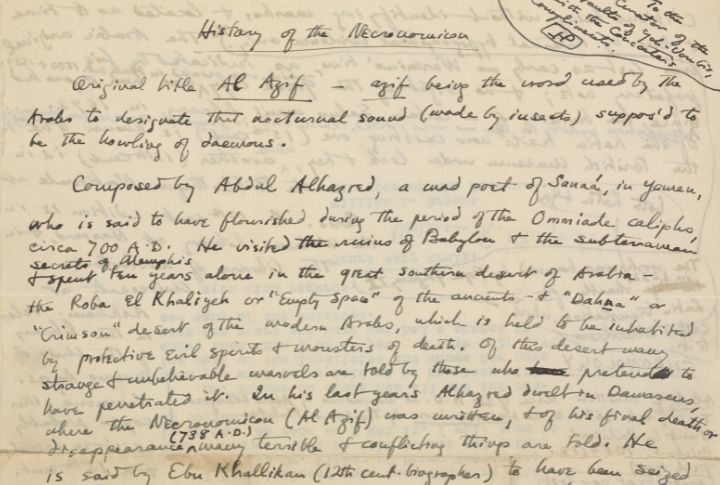
Although considered a fictional creation by H.P. Lovecraft, “The Necronomicon” has inspired real occult speculation. Various versions of this so-called “Book of the Dead” circulate, filled with bizarre invocations. Some claim it draws from genuine ancient texts, and it blurs the line between myth and reality.
“The Book Of Dzyan”
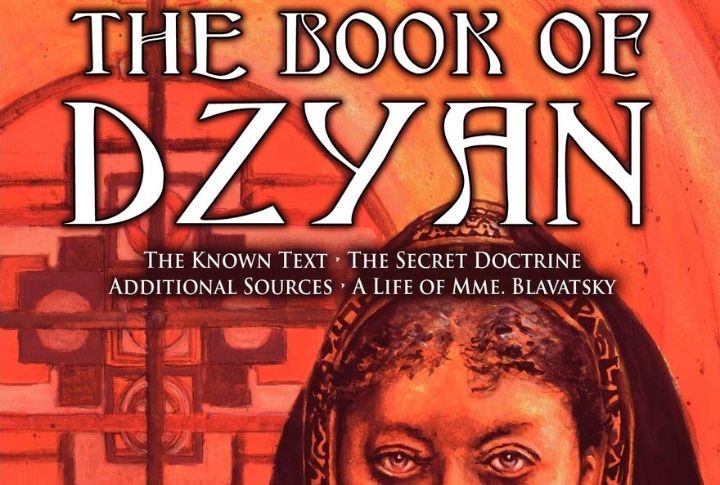
Scholars question its authenticity, and believers see it as a source of hidden truths. Claimed to be dictated by celestial beings, no proof of its origins has surfaced. Yet, “The Book of Dzyan” continues to be a key influence in esoteric circles.
“The Emerald Tablet”
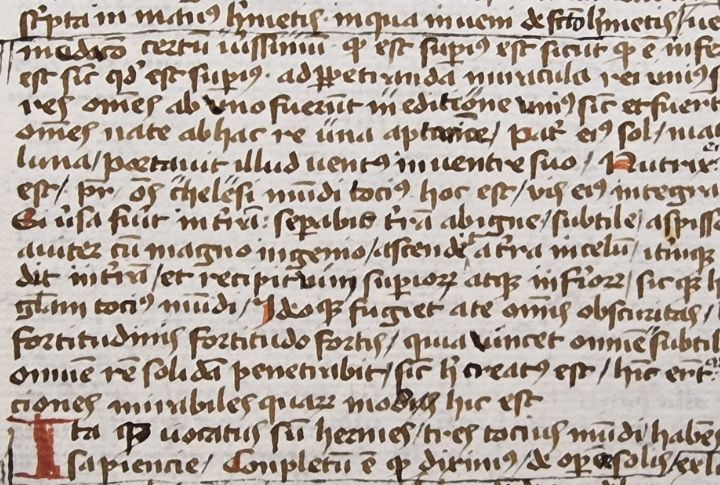
An alchemical cornerstone, “The Emerald Tablet,” is said to reveal the secrets of transmutation. Attributed to Hermes Trismegistus, it has influenced both science and mysticism. Despite various translations, its true meaning—especially its phrase “As above, so below”—remains widely debated.
“The Sibylline Books”
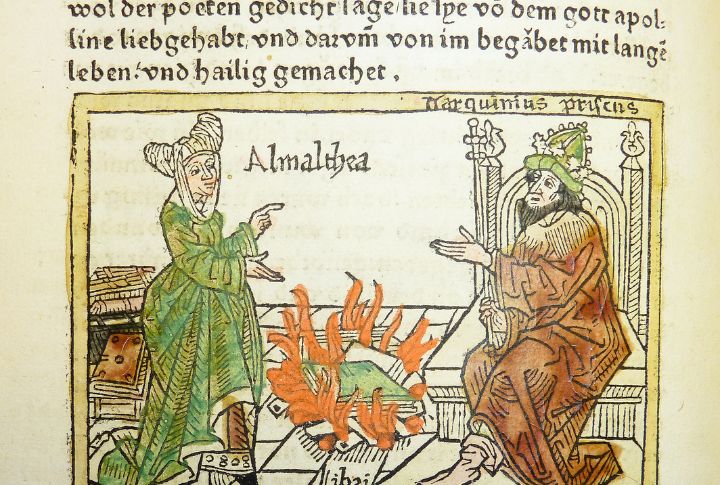
The fire of 83 BCE erased Rome’s trusted source of divine guidance, leading to attempts at reconstruction. While substitute texts were gathered, their reliability was debated. The original prophecies within “The Sibylline Books” were never fully restored.
“The Gospel Of Judas”
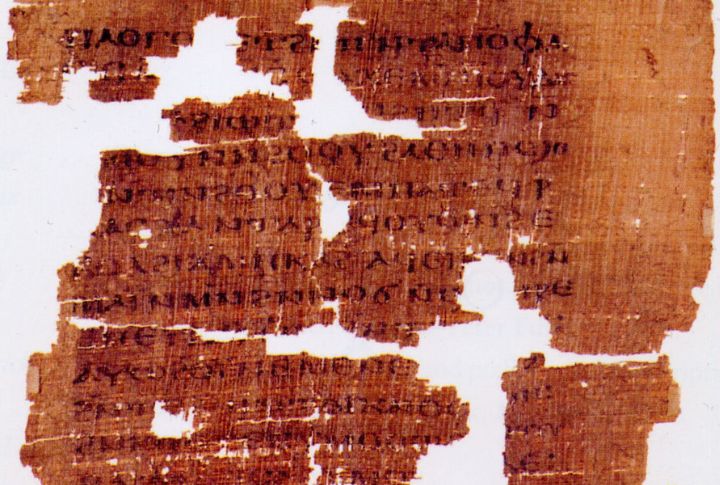
Unlike traditional Gospels, “The Gospel of Judas” portrays Judas Iscariot as Christ’s chosen disciple. Discovered in the 1970s, it challenges mainstream Christian teachings. Scholars debate whether it reflects early Christian beliefs or was fabricated to promote alternative narratives.
